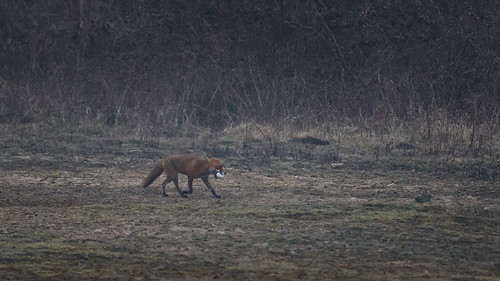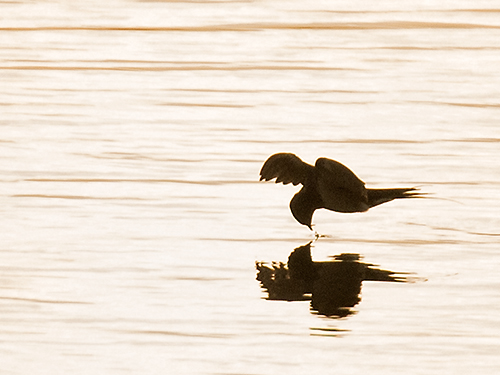Another year over…
It’s been three long months since I posted my last blog entry and I would like to apologise to my regular readers for my tardiness. The debacle over the sale of Watton Nature Reserve dented my enthusiasm for wildlife photography and following a period of reflection, courtesy of a short spell in Scarborough hospital, I decided it was time to re-evaluate my photography. I felt that I was becoming stale and needed a change of direction and a new challenge, so I eventually decided to revert to my former interest in monochrome ‘street-photography’. So, for the past few months I have been pounding the streets of the coastal towns of Yorkshire and documenting the life of these sea-side resorts.
I did consider selling my long lens and camera(s) but a good friend and mentor suggested that I should suspend my decision for a year or two. Three months later and I am very glad that I heeded his advice. I am enjoying my new project and to be quite frank, there are a lot of similarities between these two photographic genres. They both require excellent observational skills, a good sense of anticipation and more than often, fast reflexes too. In fact, I believe that they compliment each other and I can see me participating in both fields for the next few years.
One of my resolutions for the 2014 is to put together a book of my wildlife images taken at Tophill Low. It will be a self-published book, probably using Blurb and I intend to include the best of the photographs I have captured over the past four years. I don’t suppose it will ever make it to the shelves of a book shop. However, I hope it will provide me with a permanent record of my visits to Tophill Low and a reminder of the many friends I have made at this very special place.
Anyway, that’s enough of my struggles with my inner-self. It’s 2014 tomorrow and a whole new chapter. I would like to thank Richard Hampshire and all the volunteers at THL. A Happy New Year to everyone and may at least some of your dreams come true! I’m off to northern Norway in two weeks time to witness the frozen landscape and photograph the aurora. It should be fun!
Oh! and here are some pictures taken at Watton Nature Reserve a couple of days ago…



















